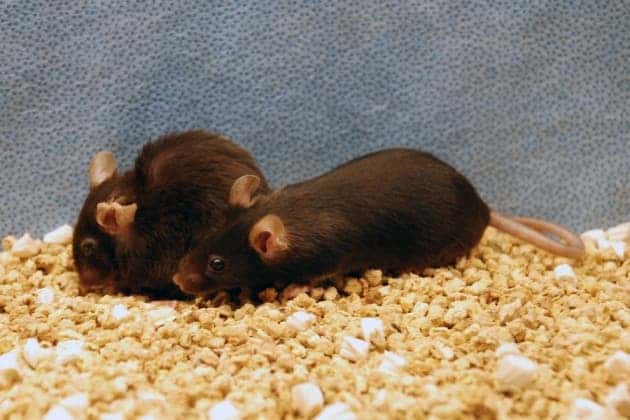A new study has found a way to increase the lifespan of mice by up to 35%, by simply removing the defunct cells that stop dividing and accumulate in old age. The elegant approach confirms what many scientists have been suspecting for a while.

Two littermates, almost 2 years old; the mouse on the right had its senescent cells cleared by a drug from 1 year of age onwards. Jan Van Deursen
As animals get old, some cells become unable to divide. These cells are called senescent cells – they are biologically old. Senescence is not the inevitable fate of all organisms and can be delayed, and biologists have been looking into how this can be done for decades. But instead of delaying this, some scientists tried to simply remove the old cells.
It’s no easy feat. The task involved complicated genetic tinkering but the principle itself is elegant and simple, as Darren Baker and Jan van Deursen, molecular biologists at the Mayo Clinic in Rochester, Minnesota explain.
“We think these cells are bad when they accumulate. We remove them and see the consequences,” says Baker. “That’s how I try to explain it to my kids.”
They conducted a follow-up to a 2011 study, in which they found that eliminating senescent cells significantly delays the onset of age-related diseases in mice; however, that studies was conducted in mice which had a mutation that causes premature ageing. Now, they tried for the real deal.
They noticed that when they eliminated the senescent cells, heart and kidney deterioration was deterred greatly, as was tumor development. Lifespan grew by 20-30%, with a few cases reporting as much as 35%.
“It’s not just that we’re making these mice live longer; they actually stay healthier longer too. That’s important, because if you were going to equate this to people, well, you don’t want to just extend the years of life that people are miserable or hospitalised,” one of the team, cell biologist Darren Barker from the Mayo Clinic College of Medicine, said in an interview.
The team has already licensed patents for this technology and they’re working on ways to implement their technology in drugs. It won’t happen overnight, but this could very well become a viable treatment. Dominic Withers, a clinician-scientist who studies ageing at Imperial College London said:
“I think that there is every chance this will be a viable therapeutic option.”
You can listen to a podcast discussing the findings with the authors at Nature.









